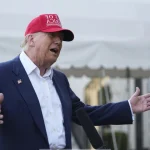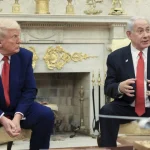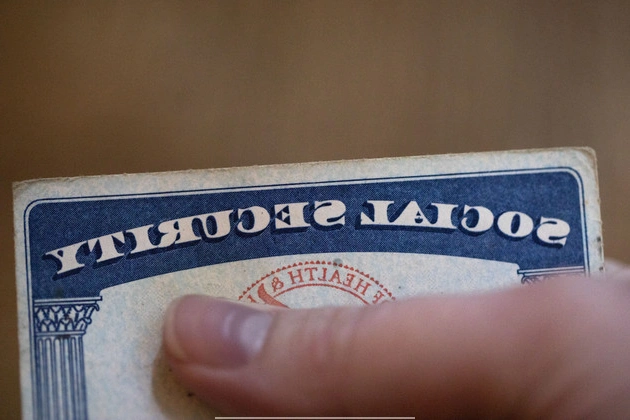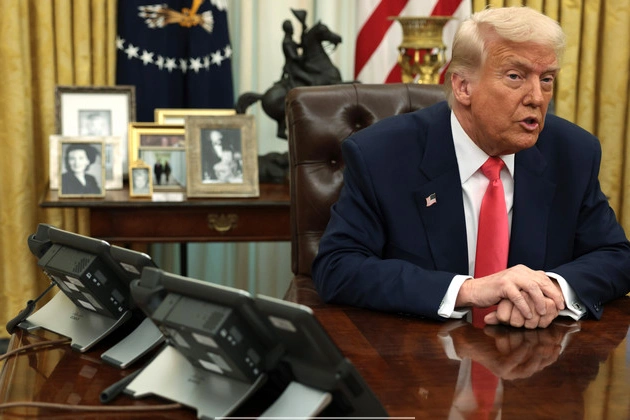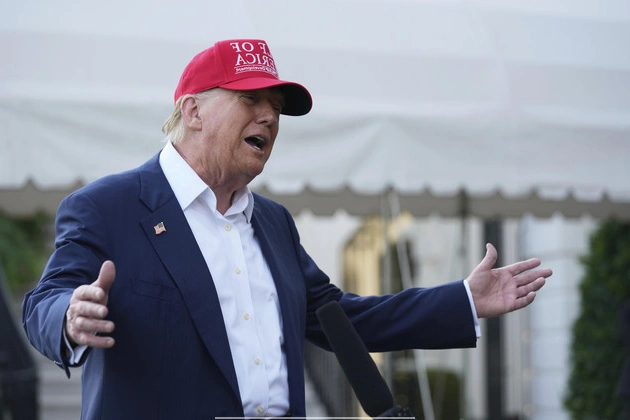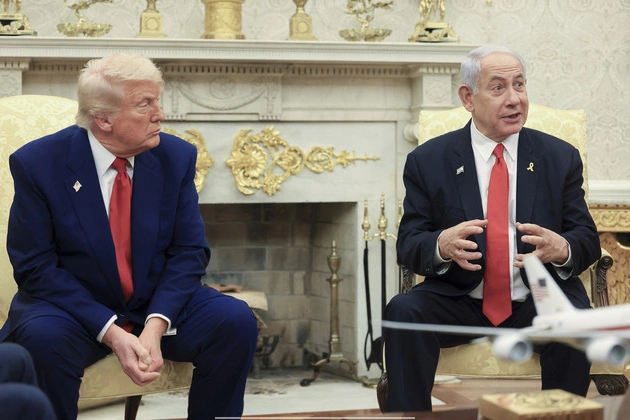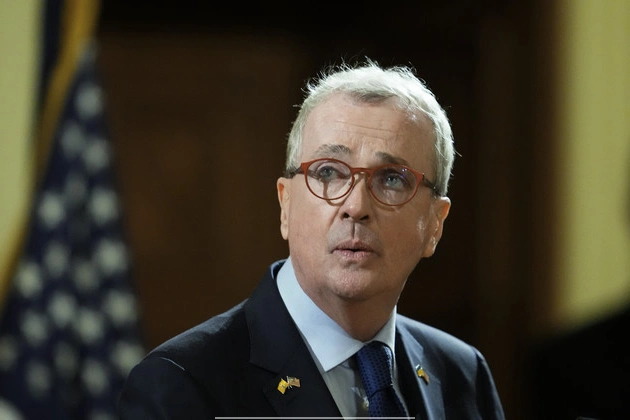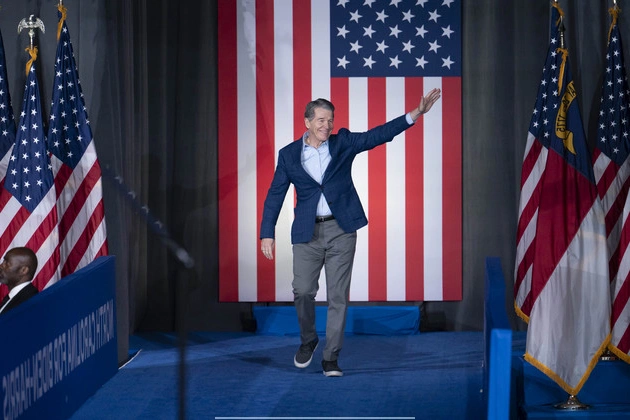
President Donald Trump’s assertion of executive power has encountered significant resistance in the courtroom, leading to temporary halts on various policy initiatives.
Several federal judges across the country have intervened to block key aspects of Trump’s agenda, ranging from attempts to alter constitutional provisions to efforts to restructure government operations.
The Legal Standoff
For instance, U.S. District Judge Carl Nichols, appointed by Trump, recently thwarted a plan to place USAID employees on leave. Concurrently, U.S. District Judge Paul Engelmayer, an Obama appointee, restrained access to sensitive Treasury records by Trump and his associates.
Although these judicial interventions are temporary, they serve to impede Trump’s swift execution of policies, portraying his administration as less invincible than projected.
The Role of the Courts
Amidst a passive Congress and escalating legal challenges, federal courts have emerged as the primary check on Trump’s executive overreach.
Noteworthy judges like John Coughenour and Paul Engelmayer have voiced concerns over Trump’s disregard for established legal norms, highlighting the judiciary’s pivotal role in upholding the rule of law.
Contrastingly, the Republican-controlled Congress has largely remained complacent, enabling Trump’s aggressive maneuvers within the government machinery.
Implications for Executive Power
While Trump anticipates favorable rulings from the conservative-majority Supreme Court, the ongoing legal challenges have forced transparency and accountability within federal agencies.
As lawsuits against Trump’s policies continue to mount, the judiciary’s intervention remains a crucial safeguard against unchecked executive authority.
In conclusion, the legal battles faced by President Trump underscore the significance of judicial oversight in maintaining a balance of power within the government.
